5 start with U start with U
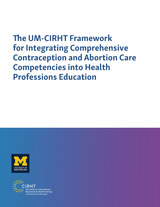
The framework is intended to provide guidance on how the programmatic and operational strategies for family planning and comprehensive abortion care could be extended in countries or institutions that seek to replicate the UM-CIRHT model in their settings. It may be adapted to the local context of individual countries and institutions.
This framework document is produced by UM-CIRHT with funding from an anonymous donor.
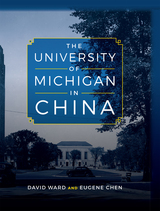
This book tells the story of twenty remarkable individuals, the country they transformed, and the University that helped them do it. There are many “firsts” in this book—first Chinese students at U-M, first female college president of China—and there are many “fathers” of disciplines: Wu Dayou, father of physics in China; Zheng Zuoxin, father of Chinese ornithology; Zeng Chengkui, father of marine botany.
While much has been written about these leaders and scholars in both English and Chinese, nowhere else is their collective story told or their shared bond with the University of Michigan celebrated.
The University of Michigan in China celebrates this nearly 200-year-old legacy.
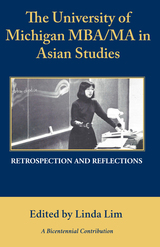
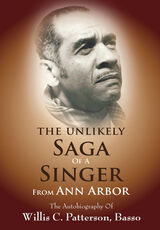
The book’s main character begins his life, similar to a diamond in the rough, and over time evolves into a rare gem at maturity. These pages will reveal how Willis Patterson of Ann Arbor, Michigan developed from somewhat of a lost child in the 1930s into a: sophisticated academician (Ph.D. in Higher Education Administration and Supervision from Wayne State University in Detroit, MI); a superior vocal performer; Voice Department Chair, Fulbright Scholar; esteemed Master Voice Teacher; Choral and Glee Club director extraordinaire; University Leader in the recruitment and retention of Minority students (Voice/Performing/Composition); an established Church Choir Director; and Associate Academic Dean of the School of Music at one of America’s finest universities, the University of Michigan.
This book is about a very humble man of significant stature. Although he was motivated and driven to become the best he could be in his quest for excellence—by kicking open the door of opportunity whenever it was presented (audition ready)—he never forgot his family members or hometown acquaintances.
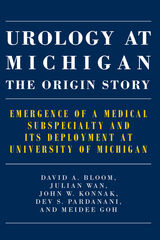
This book describes the emergence of a small but essential medical specialty, urology, at one of the first American public institutions of higher education, the University of Michigan. Urology at Michigan: The Origin Story, a microcosm of the modern world of healthcare specialization, entwines many stories beginning with its earliest roots, diagnostic uroscopy and the primitive interventions of catheterization and lithotomy. The Hippocratic Oath forbade its generalist healers from only three practices – abortion, euthanasia, and lithotomy, relegating the last to specialists “in that art,” namely itinerant lithotomists of whom little record remains. Over two and a half millennia since Hippocrates, catheterization, lithotomy, and genitourinary surgery in general advanced only modestly until products of the industrial revolution and scientific inquiry provided the tools and knowledge that accelerated the ancient genitourinary work into a new discipline of urology around the fin de siècle of the 19th century, just as the University of Michigan concurrently was joining the top rank of higher education.
The University of Michigan in the early 20th century was nearly a century old and contained a medical school and wholly-owned University Hospital, the first of that genre. Ann Arbor was a propitious place for modern urology to take hold when Hugh Cabot brought not just the new terminology, but also the complete triple mission with urologic education and research embedded in a milieu of world-class clinical care. Cabot arrived in Ann Arbor from Boston in the autumn of 1919, imbued with more than two years’ service in WWI with the British Expeditionary Forces on the Western Front, and he became Dean of the Medical School in 1921. Cabot expanded the full-time salary model in the medical school, supervised construction of Ann Arbor’s 4th iteration of the University Hospital, but its first state-of the art facility. He created a multi-specialty academic group practice and assembled a great faculty with future leaders in surgery including Frederick Coller, Max Peet, Carl Badgley, and John Alexander. Cabot’s first trainees to become urologists were Charles Huggins, a future Nobel Laureate, and Reed Nesbit who rose to the top ranks of academic and organizational urology and made Ann Arbor an international clinical and educational destination. This book tells the story of urology at Michigan amidst the larger stories of the roots of genitourinary surgery, the formation of the University of Michigan and its Medical School, and the inevitable tensions of balancing the triple mission of medical academia: education and investigation within a milieu of the essential transaction of excellent clinical care.READERS
Browse our collection.
PUBLISHERS
See BiblioVault's publisher services.
STUDENT SERVICES
Files for college accessibility offices.
UChicago Accessibility Resources
home | accessibility | search | about | contact us
BiblioVault ® 2001 - 2024
The University of Chicago Press









